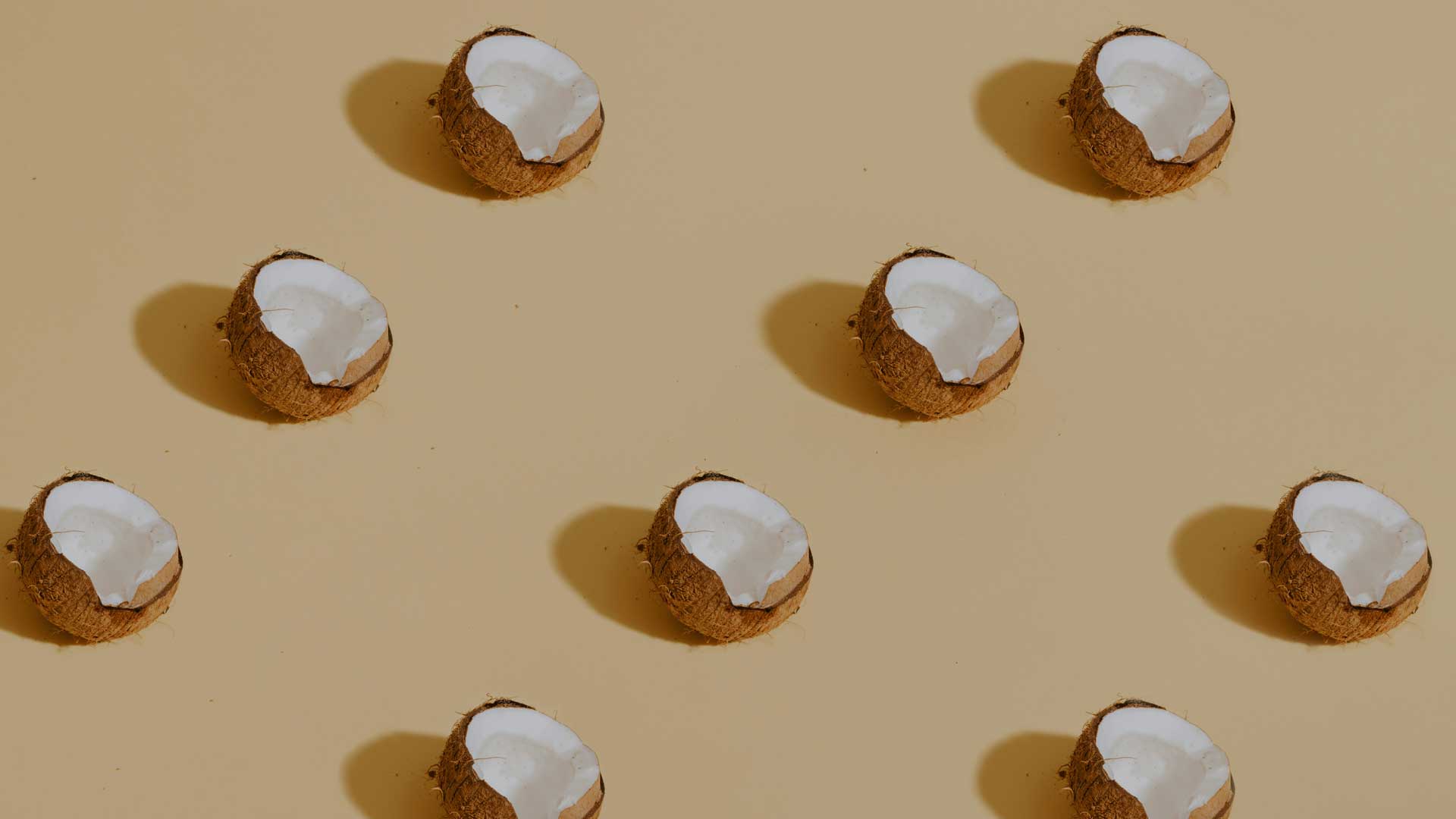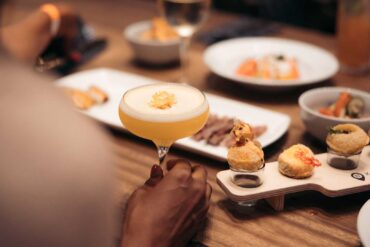The coconut palm is incredibly versatile: you can build a house, make clothes, fuel a car, and, of course, feed yourself with it. But more importantly for us, you can use its water, milk, cream, oil, or syrup in mixology. It’s become one of the defining ingredients of tropical cocktails.
Coconut in Mixology, a Brief History
The early days of mixology often cross paths with sailing ships, pirates, and sailors. The first alcoholic drinks were concocted as medicinal remedies to make lime and lemon (essential for preventing scurvy) more palatable. Many believe that coconut made its way into the world of cocktails in much the same way—on board ships cruising the Caribbean.
In short, alongside lime and alcohol, you might have also found coconut water. Some historians think this practice spread during the 18th century and has continued to this day.
Water, Milk, Cream, Oil, and Syrup. The Many Forms of Coconut
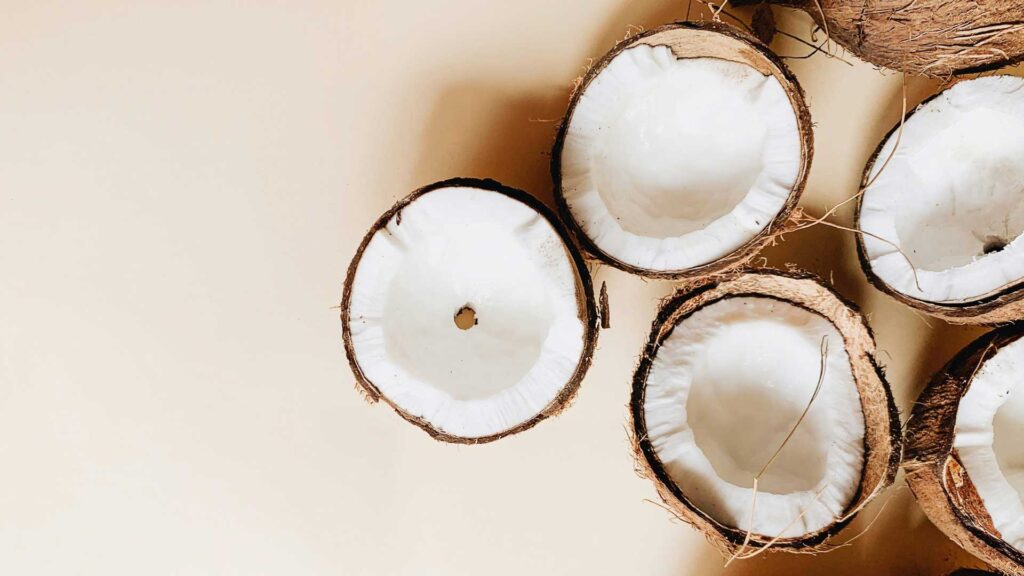
Crack open a coconut, and you’ll find a solid part (the flesh) and a liquid, semi-transparent part: coconut water. Coconut water has a sweet taste with subtle coconut notes and a refreshing quality.
Coconut milk is made from the flesh. The traditional method involves grating the flesh and blending it with hot water, with no added sugars. This results in a creamier texture and a more pronounced coconut flavor.
Coconut cream, on the other hand, is made from coconut milk with added sugar. It’s generally thicker and sweeter, with more pronounced coconut notes. Both milk and cream have a higher fat content than coconut water.
You can tweak the texture and flavor of coconut water, milk, and cream by adding or removing water. This isn’t the case with coconut oil, which is always derived from the flesh.
Coconut syrup is simply sugar syrup flavored with coconut. Be wary of industrial products that often use artificial flavorings instead of real coconut flesh—they lack creaminess, fat, and have a somewhat fake coconut taste.
Coconut in Mixology, When to Use It in Cocktails
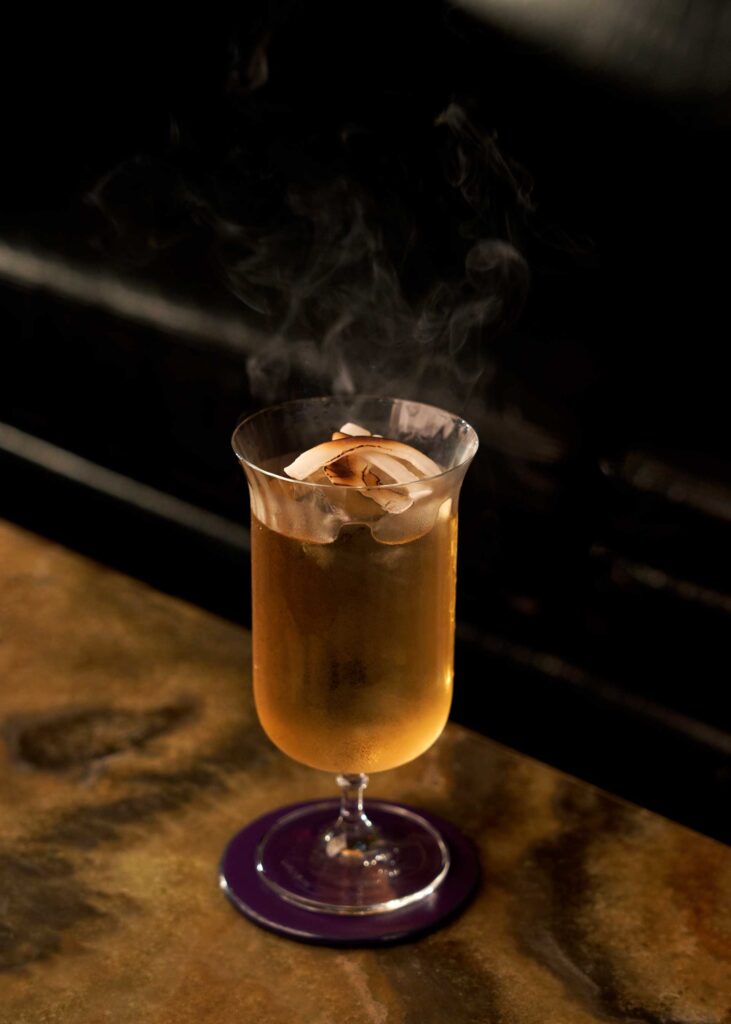
In mixology, each form of coconut has its own unique uses. Coconut water, for example, is a key ingredient in the Scotch and Coconut and the Snake Eye. It also makes a great substitute for soda in highball cocktails, like a Paloma or a Cuba Libre. Experts recommend using water from young green coconuts, as it tends to have a better flavor.
Coconut milk and cream are more about texture, which is an important detail to keep in mind. Milk features in cocktails like the Piña Colada and Batida de Coco, perhaps the most famous “coconut cocktails,” while coconut cream is essential in the Painkiller recipe.
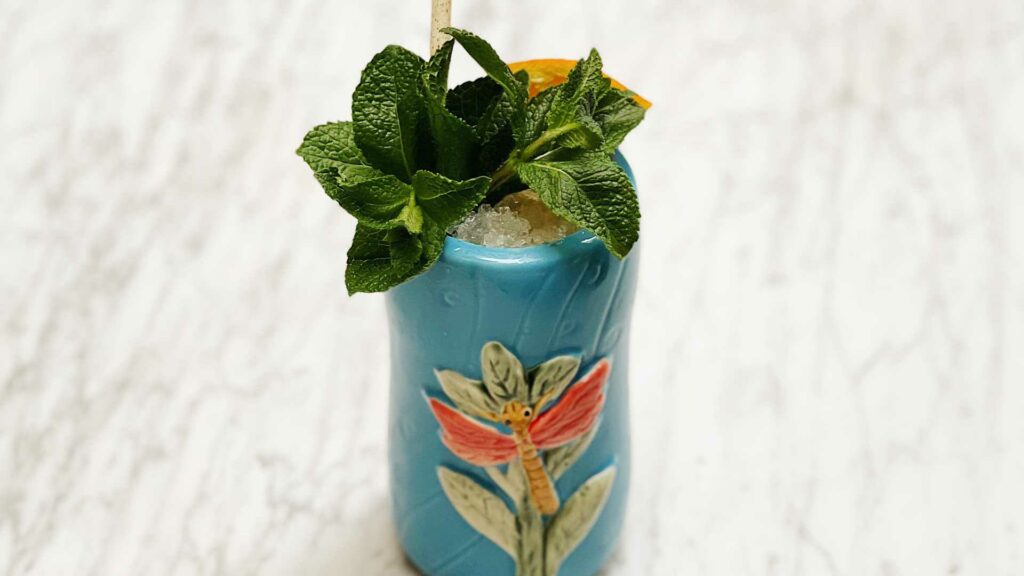
Coconut oil has a very strong aromatic profile, so use it sparingly—often just a drop or two in a cocktail will do. And finally, there’s fat washing, a technique where fats (in this case, coconut fat) are infused into spirits. This method works with rum and cachaça, but also with whiskey and vodka, and is mainly used in craft cocktails.


